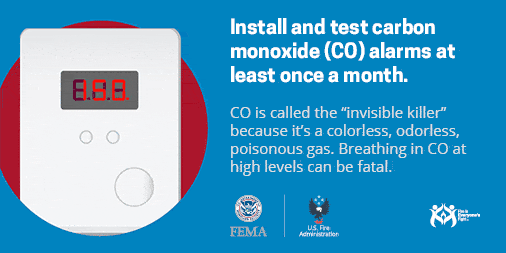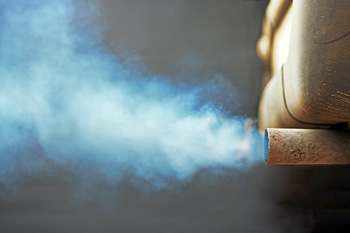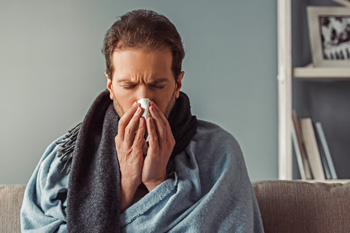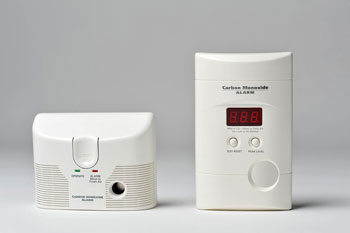Carbon Monoxide
- Get Prepared
- Fire Safety
- Current: Carbon Monoxide

According to the Centers for Disease Control and Prevention (CDC), more than 400 Americans die from accidental carbon monoxide (CO) poisoning every year. CO is a gas that is odorless and colorless, and it can be fatal if too much is inhaled. CO poisoning can be prevented by watching for symptoms, testing CO alarms in your home and regularly checking common CO producers for leaks, blockages or faults.
Carbon Monoxide Safety Tips
Quick Tips
- Install CO alarms outside each sleeping area and on every floor of your home.
- Never use home appliances, such as ovens, as an alternative-heating source.
- Never use generators indoors or within 20 feet of any door, window or vent.
- Have your heating system, water heater and gas, oil or coal-burning appliances serviced annually.

Common Sources
Multiple household items can produce CO. Proper ventilation, operation and maintenance are important in making sure these items remain useful and do not become harmful. Some of the most common causes of household CO poisoning include:
- A clogged chimney
- A gas or wood-burning furnace
- A vehicle running in a closed garage
- Portable kerosene or gas heaters
- A gas or charcoal grill used indoors or in a closed garage
- Improperly installed kitchen range or vent
- A cracked or loose furnace exchanger
- A corroded or disconnected water heater vent pipe

Poisoning Symptoms
CO poisoning symptoms are described as being flu-like. Individuals suffering from carbon monoxide poisoning may show one or more of the following symptoms:
- Headache
- Dizziness
- Weakness
- Upset stomach
- Vomiting
- Chest pain
- Confusion

Prevention Tips
You can protect yourself and family from the harmful effects of CO poisoning at home by:
- Installing CO alarms outside each sleeping area and on every floor of your home
- Testing each alarm monthly to ensure the batteries are still working, and replacing each alarm with a new one every five years
- Exiting your home immediately after a CO alarm goes off and calling emergency personnel to check all fuel-burning equipment
- Parking running vehicles in driveways or on the street to keep CO from building up in your home and garage
- Checking dryer, furnace and stove vents regularly for debris blockage
- Never using home appliances, such as ovens, as an alternative-heating source
- Never using generators indoors or within 20 feet of any door, window or vent
- Having fuel and charcoal-powered equipment regularly inspected by a professional to verify they are operating properly
Resources
Websites
- Carbon Monoxide Fact Sheets, FAQs and Videos
U.S. Centers for Disease Control and Prevention - Carbon Monoxide Health Information
MedlinePlus - Carbon Monoxide Outreach Materials
U.S. Fire Administration
